Modi 3.0 and his Cabinet Ministers


Send us your feedback to audioarticles@vaarta.com



In a historic and significant moment for Indian politics, Prime Minister Narendra Modi embarked on his third term as the nation's leader, marking a significant milestone in his political journey. The oath-taking ceremony, held at the lush lawns of the Rashtrapati Bhavan, witnessed the solemn swearing-in of PM Modi, alongside a formidable team of 72 ministers, under the watchful eyes of President Droupadi Murmu. The ceremony, a display of India's vibrant democracy, was attended by leaders from the Indian Ocean Region and India's neighboring countries, including Sri Lankan President Ranil Wickremesinghe, Maldives President Mohamed Muizzu, and Bangladesh Prime Minister Sheikh Hasina.
The Cabinet Unveiled: A Blend of Experience and Fresh Faces
The new government is a harmonious blend of seasoned leaders and fresh faces, reflecting the PM's vision for a dynamic and inclusive administration. The team includes 30 Cabinet ministers, 5 Ministers of State with Independent Charge, and 36 Ministers of State, each poised to contribute to India's growth and development. Among them, Rajnath Singh, Amit Shah, Nitin Gadkari, JP Nadda, Shivraj Singh Chouhan, Nirmala Sitharaman, S Jaishankar, and Manohar Lal Khattar, all veteran politicians, took their oaths, signifying their commitment to serve the nation.
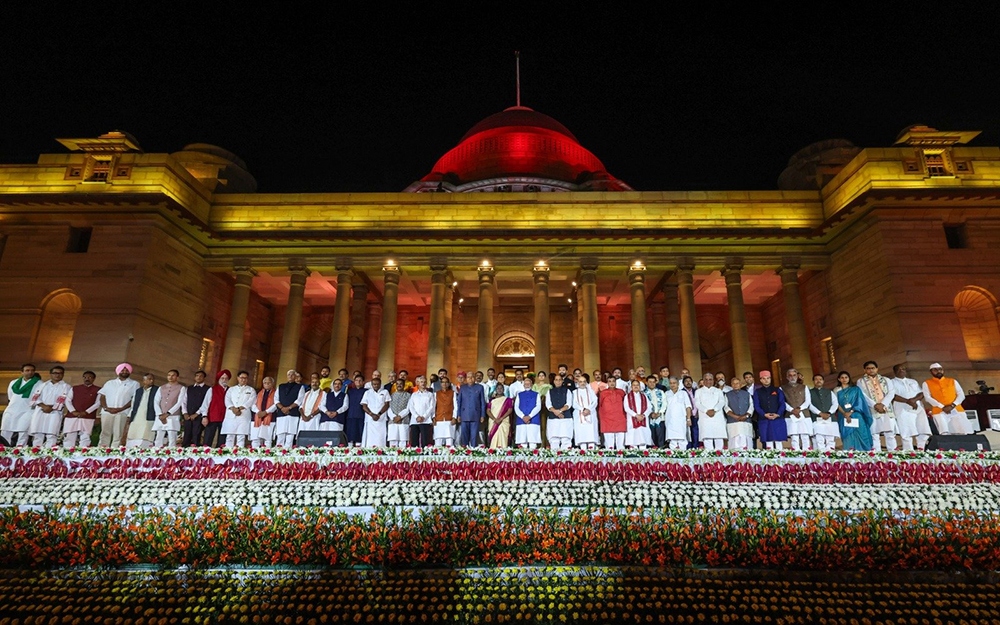
Regional Representation and New Beginnings
The northeast was represented by Sarbananda Sonowal and Kiren Rijiju, who took their oaths, highlighting the government's commitment to the region's growth and development. Virendra Kumar, an eight-time MP and a prominent Scheduled Castes face of the BJP, was inducted into the Modi 3.0 government, reflecting the party's inclusive agenda.
Jyotiraditya Scindia's inclusion in the council of ministers is a testament to his growing stature within the BJP since he left the Congress four years ago. Hardeep Singh Puri, a former diplomat who played a crucial role in India's navigation through two back-to-back oil crises, was also among the ministers sworn in, showcasing the government's focus on international relations and economic stability.
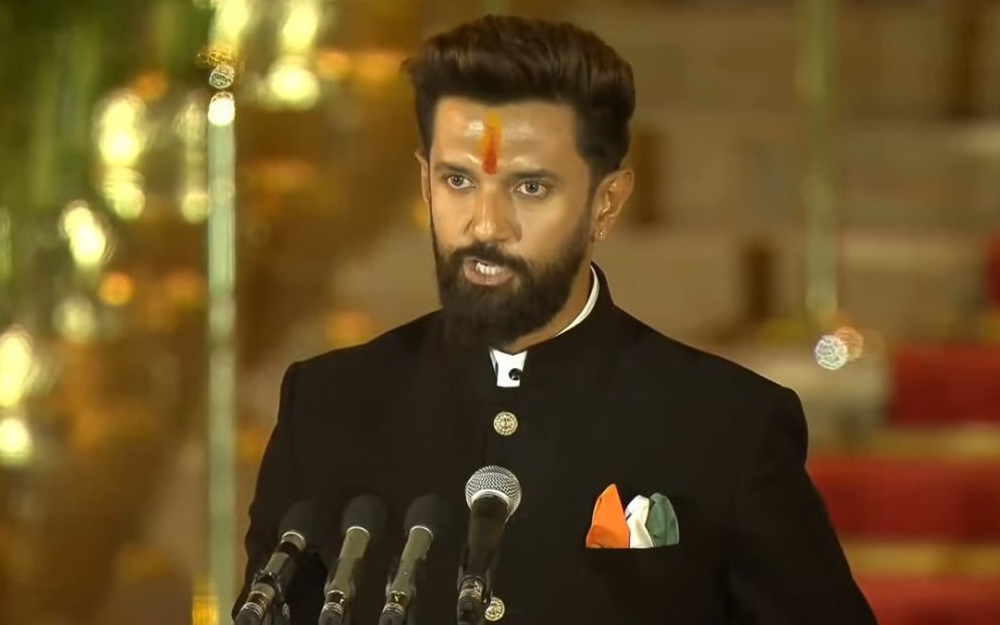
Chirag Paswan, the Lok Janshakti Party (Ram Vilas) chief, solidified his status as the "real" political heir of his father, Ram Vilas Paswan, after being inducted into the government. His inclusion is significant for Bihar's political landscape and underlines the government's commitment to regional dynamics.
Telangana and Andhra Pradesh: A New Era of Representation
The representation from Telangana took a significant leap with the induction of BJP leaders Gangapuram Kishan Reddy and Bandi Sanjay Kumar as Union Cabinet ministers. This marks the first time that the state will have two Union ministers. Kishan Reddy, returning as a Cabinet Minister for the second time, previously served as culture minister, while Sanjay makes his debut in the Modi administration.
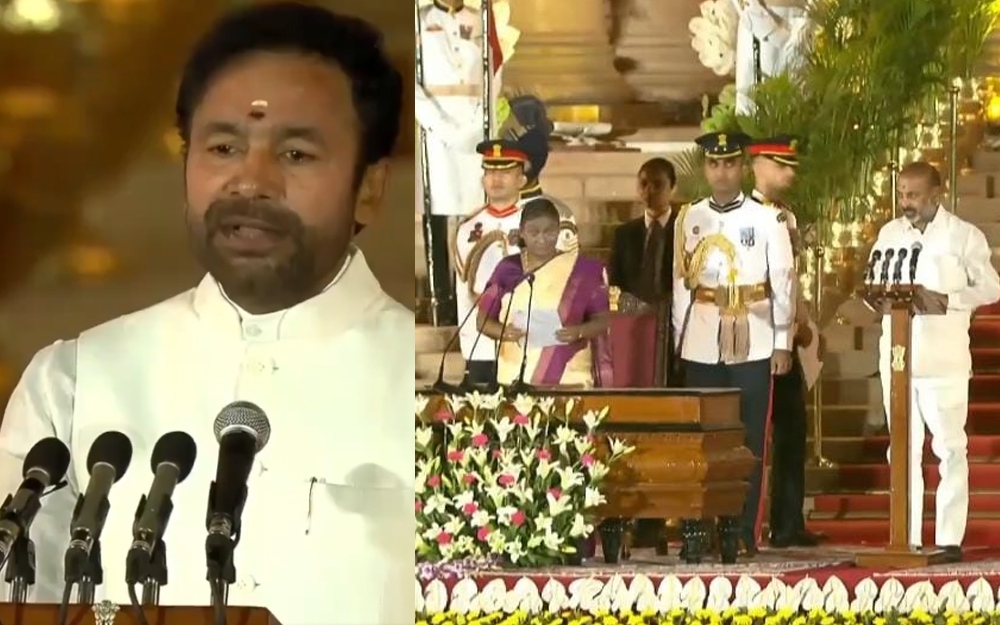
In a surprise move, two MPs from the National Democratic Alliance (NDA) constituent TDP took oath as Union ministers alongside PM Modi. Bhupathiraju Srinivas Varma, a first-time MP from Narasapuram in Andhra Pradesh, and TDP's Srikakulam MP, Kinjarapu Ram Mohan Naidu, and Guntur MP, Dr Pemmasani Chandrasekhar, were in ducted into the Union cabinet. Varma, associated with the RSS and BJP for over three decades, won the seat comfortably with a significant margin, highlighting his strong support base.
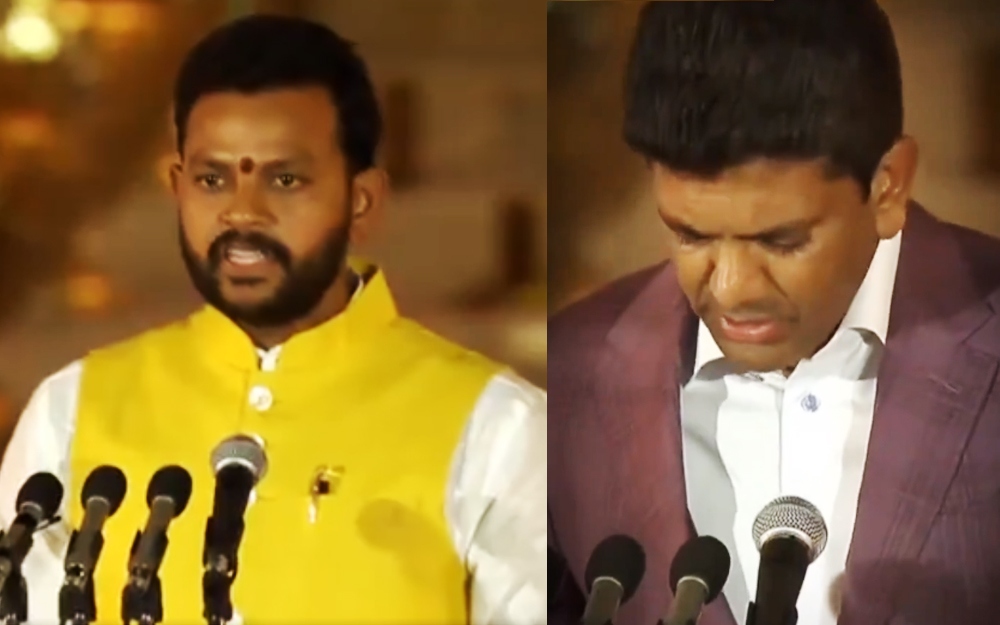
As PM Modi and his new cabinet begin their journey in the Modi 3.0 era, the nation looks forward to the portfolios being announced, setting the stage for a new chapter in India's governance and development. The portfolios will play a pivotal role in defining the government's agenda and priorities for the coming years, shaping India's trajectory in various sectors. Stay tuned for more updates as the new government unveils its plans for a progressive and inclusive India.
Follow us on Google News and stay updated with the latest!
-

Devan Karthik
Contact at support@indiaglitz.com




 Follow
Follow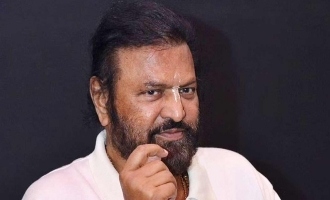
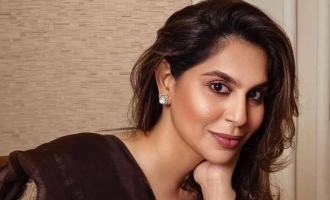
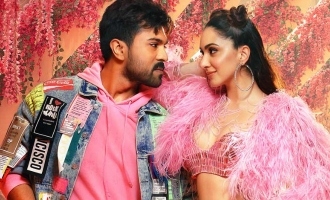
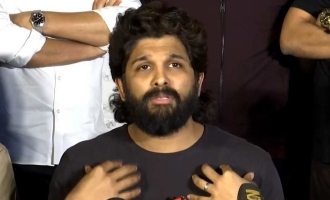
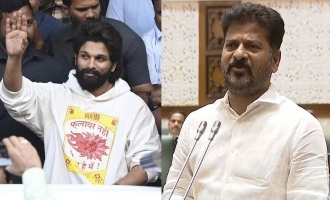
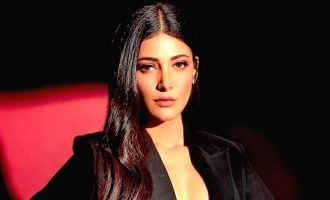
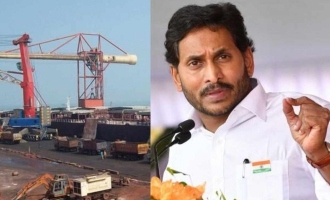
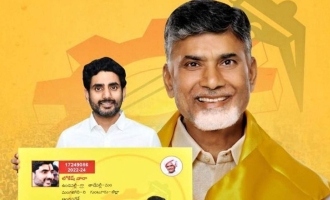

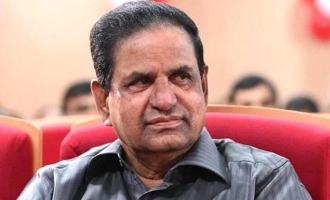
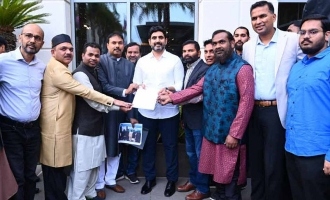
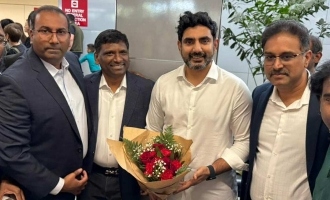
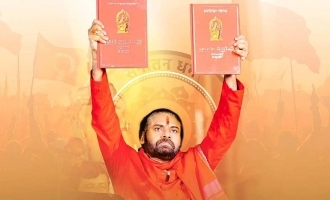
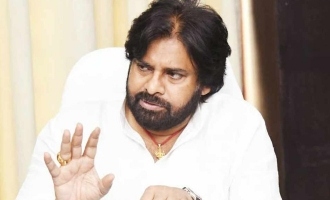


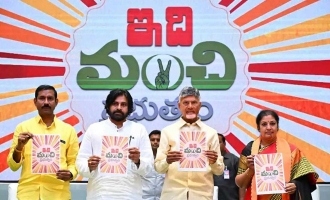
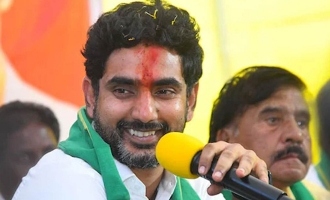
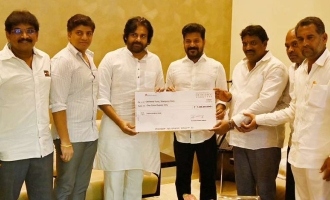
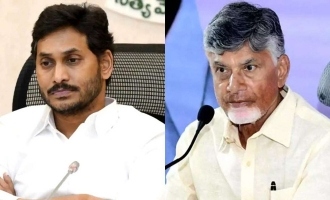
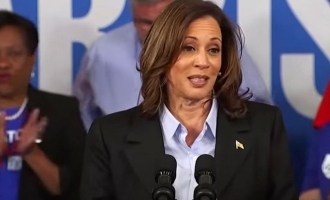

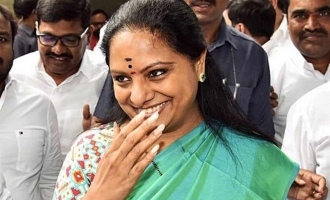

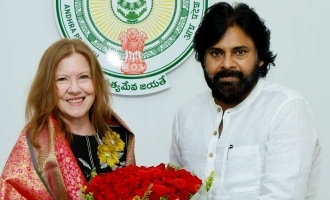
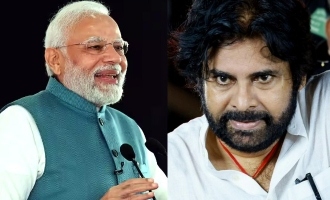

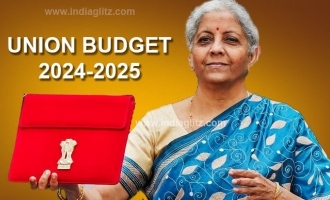
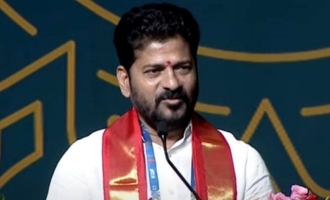
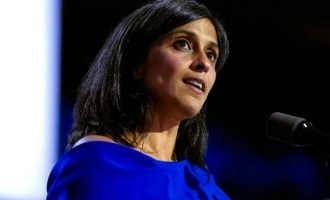
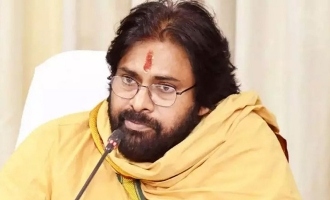
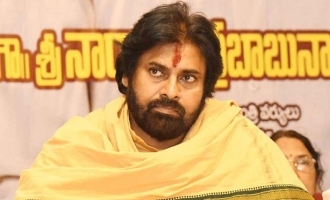
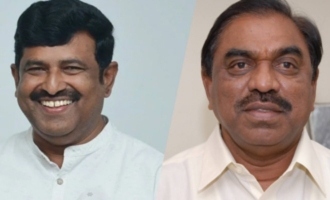
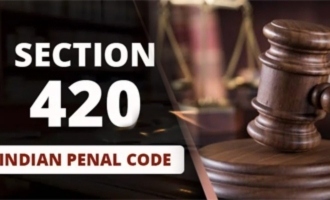

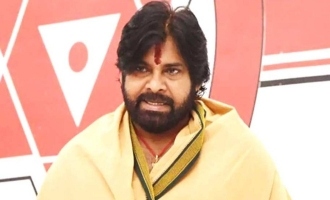
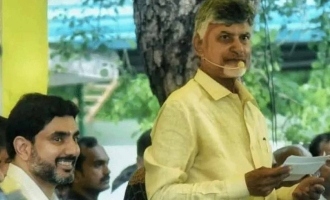
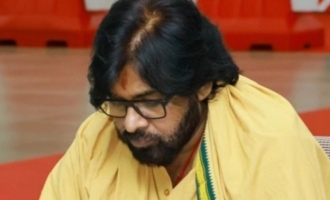
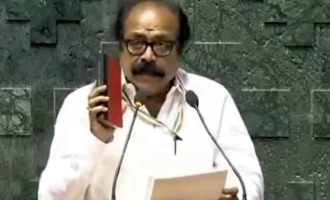

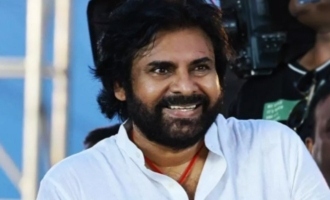
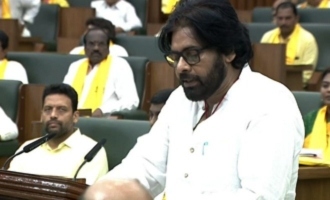

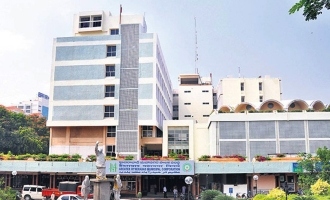
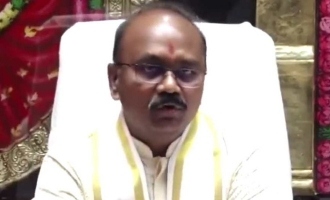



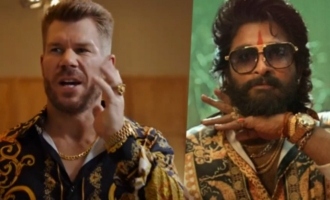




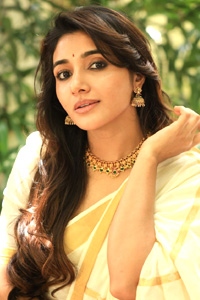


Comments